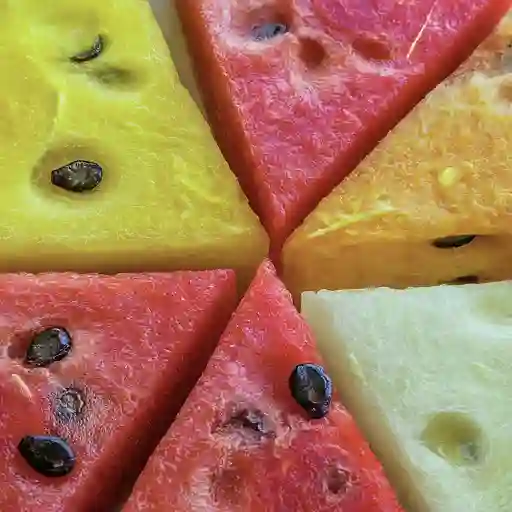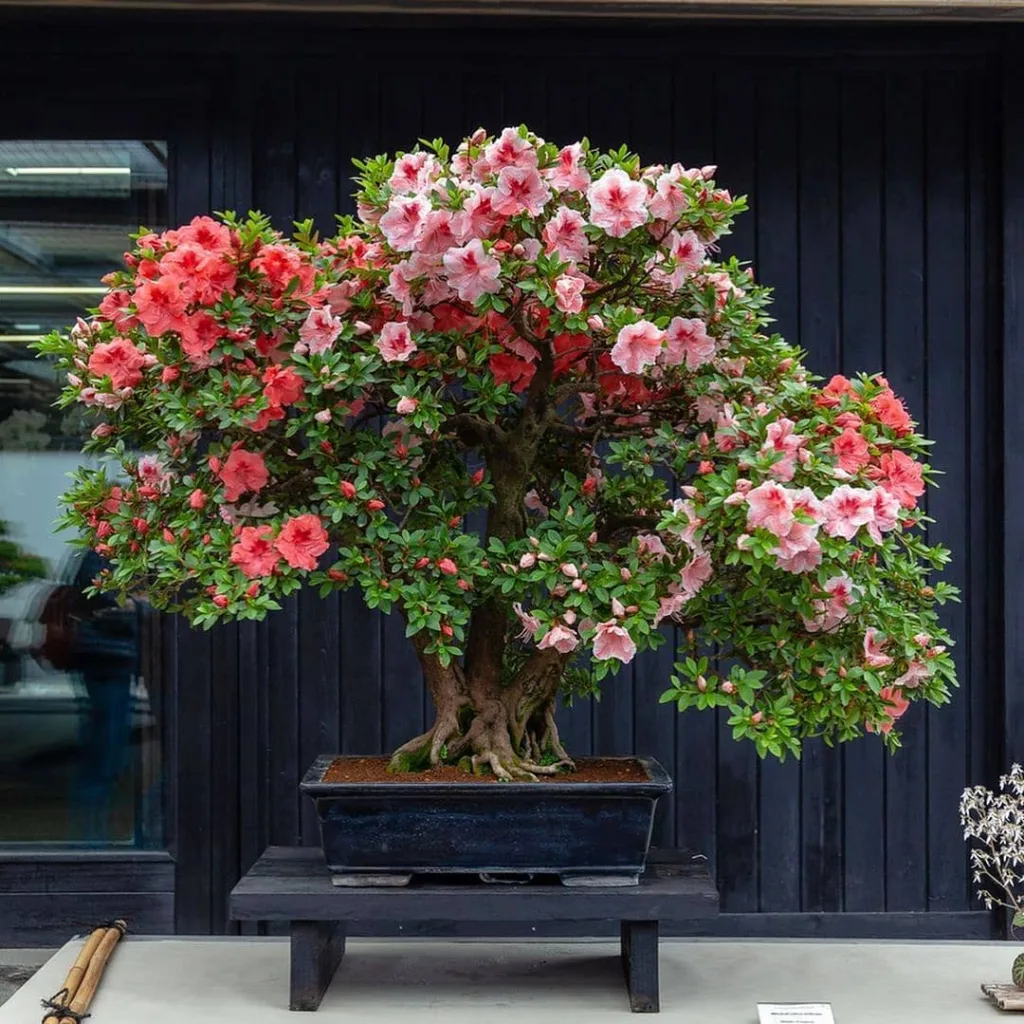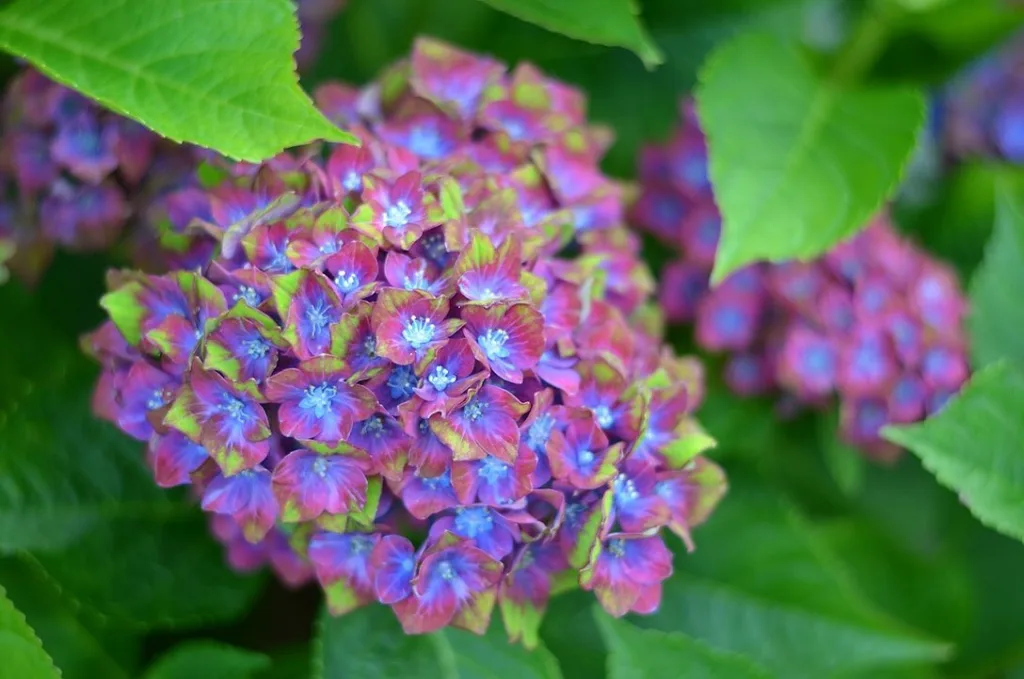FAQs about Geijera Parviflora
Geijera Parviflora, also known as the Australian Wilga or Australian Willow, is a hardy and attractive shrub native to Australia. Over the years, I’ve had plenty of experience with this plant and have gathered a lot of insights about its care and characteristics. If you’re considering adding Geijera Parviflora to your garden or are just curious about it, here’s a comprehensive guide to help answer your frequently asked questions.
What is Geijera Parviflora?
Geijera Parviflora is a small to medium-sized evergreen shrub belong to the Rutaceae family, that can grow up to 5 meters tall. Known for its dense foliage and aromatic leaves, this plant produces small, white to cream-colored flowers that appear in clusters. It’s native to various parts of Australia, thriving in a range of conditions from sandy to clayey soils.
Plant Family: 150 Genera in Rutaceae
How to Care for Geijera Parviflora?
Caring for Geijera Parviflora is relatively straightforward. It thrives in full sun to partial shade and prefers well-draining soil. Regular watering is essential, especially during dry periods, but it’s important not to overwater as this can lead to root rot. Geijera Parviflora is quite tolerant of drought once established, making it a resilient choice for low-maintenance gardens. Fertilize it annually with a balanced fertilizer to promote healthy growth and flowering.
How to Propagate Geijera Parviflora?
Propagation of Geijera Parviflora is usually done through cuttings. Take semi-hardwood cuttings in late summer or early autumn. Use a rooting hormone to enhance root development and plant the cuttings in a well-draining potting mix. Keep the cuttings moist and in a warm, bright location until they develop roots. Once rooted, they can be transplanted into their permanent positions.
What to Plant with Geijera Parviflora?
Geijera Parviflora pairs well with a variety of other plants. In Australian gardens, it complements native species like Callistemon (bottlebrush), Grevillea, and Kangaroo Paw. These companion plants have similar care requirements and provide a complementary range of colors and textures. For a more formal garden, consider planting it alongside lavender or rosemary for a touch of contrast.
Can You Grow Geijera Parviflora Indoors?
While Geijera Parviflora is typically grown outdoors, it can be grown indoors in a large pot if you can provide the right conditions. It needs plenty of bright, indirect light and should be placed near a sunny window. Ensure that the pot has good drainage to prevent waterlogging, and be prepared to move it outdoors occasionally to give it a natural environment.
Is Geijera Parviflora Toxic?
Geijera Parviflora is not known to be toxic to pets or humans. It is generally considered safe to have around children and animals. However, as with any plant, it’s a good practice to prevent pets from chewing on it and to wash hands after handling to avoid any potential irritation.
Benefits of Geijera Parviflora
Geijera Parviflora offers several benefits in landscaping. Its dense foliage provides excellent cover and privacy. The plant is also drought-tolerant once established, making it ideal for low-water gardens. Additionally, its attractive appearance and aromatic leaves add visual and sensory appeal to any garden space.
Common Problems with Geijera Parviflora
Despite its hardiness, Geijera Parviflora can encounter a few issues. The most common problems include root rot caused by overwatering and pest infestations like aphids or scale insects. Regular monitoring and appropriate care, such as ensuring well-draining soil and treating pests promptly, can help keep these issues in check.
Geijera Parviflora vs Brisbane Box Growth Rate
When comparing Geijera Parviflora with Brisbane Box (Lophostemon Confertus), the growth rate is one of the notable differences. Geijera Parviflora generally has a slower growth rate compared to Brisbane Box, which is known for its faster, more vigorous growth. This can be an important factor if you’re looking for quick coverage or a more slowly developing shrub.
Compare Geijera Parviflora with Similar Plants
Geijera Parviflora is often compared to other Australian native shrubs like the Acacia or the Melaleuca. While all these plants have their own unique features, Geijera Parviflora stands out for its fine-textured leaves and aromatic foliage. In contrast, Acacia species are typically more thorny and have a more varied leaf structure, while Melaleuca offers a different range of flower colors and forms.
Conclusion
Geijera Parviflora is a versatile and resilient shrub that can enhance a variety of garden styles with its attractive foliage and ease of care. Whether you’re looking to add a new plant to your garden or just curious about its characteristics, I hope this guide has answered your questions and provided valuable insights.
If i die, water my plants!



